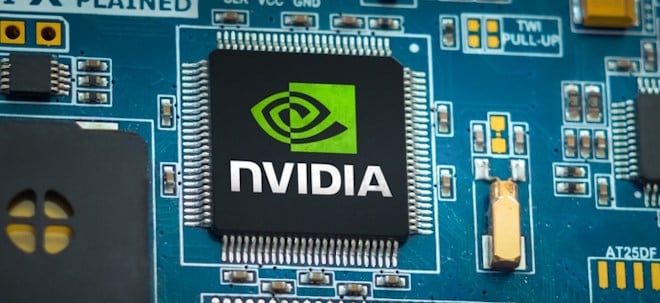sensationellen Resultate im Überblick:
83m @ 4.4 g/t Au, 82 g/t Ag & 0.43% Cu (5.9 g/t AuEq) from 25m (SFDH-011)
• Including 41m @ 7.03 g/t Au, 91 g/t Ag & 0.51% Cu (8.76 g/t AuEq) from 27m
109m @ 4.94 g/t Au, 109 g/t Ag & 1.1% Cu (7.55 g/t AuEq) from 12m (SFDH-012)
• Including 27m @ 9.02 g/t Au, 94 g/t Ag & 1.08% Cu (11.4 g/t AuEq) from 31m
• Including 3m @ 13.8 g/t Au, 111 g/t Ag & 0.08% Cu (15.3 g/t AuEq) from 15m
• Including 6.7m @ 7.43 g/t Au, 58 g/t Ag & 0.15% Cu (8.35 g/t AuEq) from 65m
• Including 11m @ 5.59 g/t Au, 134 g/t Ag & 1.34% Cu (8.75 g/t AuEq) from 98m
74m @ 1.1 g/t Au, 48 g/t Ag & 0.41% Cu (2.2 g/t AuEq) from 88m (SFDH-013)
• And 13m @ 0.9 g/t Au, 51 g/t Ag & 0.54% Cu (2.1 g/t AuEq) from 179m
These high-grade intersections remain open both at depth and laterally. The breccia textures observed in the drill core confirm that the current intercepts are related to the very top of the breccia system. Mineralisation in the top of tourmaline breccias may have a different orientation to the orientation of the breccia pipe (such as forming flat-lying ‘ceiling’ zones): Should the above drill intersections be at an oblique angle to mineralisation then the true width of mineralisation will be less than the reported intersections. Further drilling and geological modelling is required to constrain the geometry of mineralisation within the SFdLA breccia.
|
 1 |
2 |
3 |
4 |
|
6 |
7
1 |
2 |
3 |
4 |
|
6 |
7



 Thread abonnieren
Thread abonnieren

